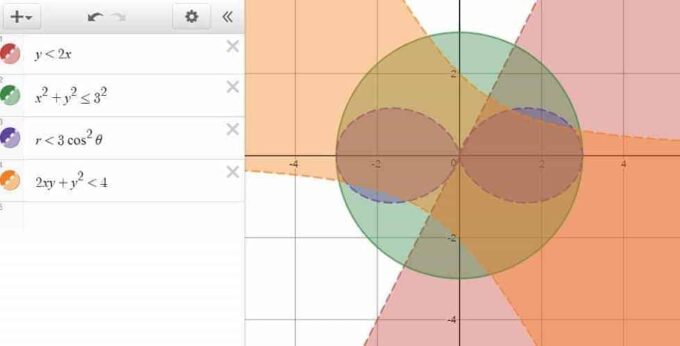Mathematical analysis, a branch of mathematics that delves deep into limits, functions, derivatives, integrals, and infinite series, has always been a field requiring precise and often tedious calculations. The advent of technology, however, has significantly revolutionized how we approach and solve problems in mathematical analysis.
From the use of graphing calculators to sophisticated computer algebra systems (CAS), technology has not only streamlined complex calculations but also enhanced our conceptual understanding and visualization of mathematical phenomena. This transformation has had profound implications for both teaching and research, making mathematical analysis more accessible and engaging.
One crucial aspect of mathematical analysis is the verification of limits using the definition. This process, often intricate and time-consuming, can be greatly simplified through technology, as various software tools can quickly and accurately handle the rigorous algebra involved.
Visualization and Graphing

Source: mathvault.ca
Visualization is a powerful tool in mathematical analysis, and technology has made it easier than ever to create detailed and accurate graphs of functions. Software like Desmos, GeoGebra, and various graphing calculators allow students and researchers to plot functions and see their behavior in real-time. This immediate feedback is invaluable for understanding complex concepts such as asymptotic behavior, continuity, and differentiability.
Computer Algebra Systems
Computer Algebra Systems (CAS) such as Mathematica, Maple, and MATLAB have transformed mathematical analysis by allowing for the manipulation of algebraic expressions, solving equations, and performing integrations and differentiations symbolically. These systems can handle complex and lengthy calculations that would be impractical to do by hand.
Interactive Learning and Online Platforms

Source: theconversation.com
The rise of online learning platforms has brought mathematical analysis to a wider audience. Websites like Khan Academy, Coursera, and edX offer interactive courses that include video lectures, quizzes, and hands-on exercises. These platforms often incorporate technology to provide immediate feedback, allowing learners to understand their mistakes and learn more effectively.
Simulation and Modeling
Simulation and modeling tools have expanded the horizons of what can be explored in mathematical analysis. Software such as MATLAB, Simulink, and Wolfram SystemModeler allow users to create detailed models of complex systems and perform simulations that would be impossible or impractical in a purely analytical framework.
Collaboration and Research
Technology has also enhanced collaboration in mathematical analysis. Platforms like Overleaf for LaTeX, GitHub for code sharing, and collaborative tools like Google Docs allow researchers and students to work together seamlessly, regardless of geographical location. These tools facilitate the sharing of ideas, code, and results, leading to more dynamic and productive research environments.
Advanced Data Analysis

Source: coursera.org
With the rise of big data, advanced data analysis techniques have become increasingly important in mathematical analysis. Tools like R, Python, and various machine learning libraries enable the analysis of large datasets, uncovering patterns and insights that were previously hidden.
Educational Software and Games
Educational software and games have made learning mathematical analysis more engaging and fun. Programs like Math Blaster, DragonBox, and various other educational games use technology to teach mathematical concepts through interactive and entertaining means.
Augmented Reality and Virtual Reality
Emerging technologies like augmented reality (AR) and virtual reality (VR) are beginning to make their mark in mathematical analysis education. These technologies provide immersive experiences that can help students visualize and interact with mathematical concepts in new ways.
For example, AR applications can overlay mathematical functions onto the physical world, helping students understand concepts like slopes, curves, and areas. VR environments can provide immersive experiences where students can explore mathematical objects in three dimensions, making abstract concepts more concrete and understandable.



